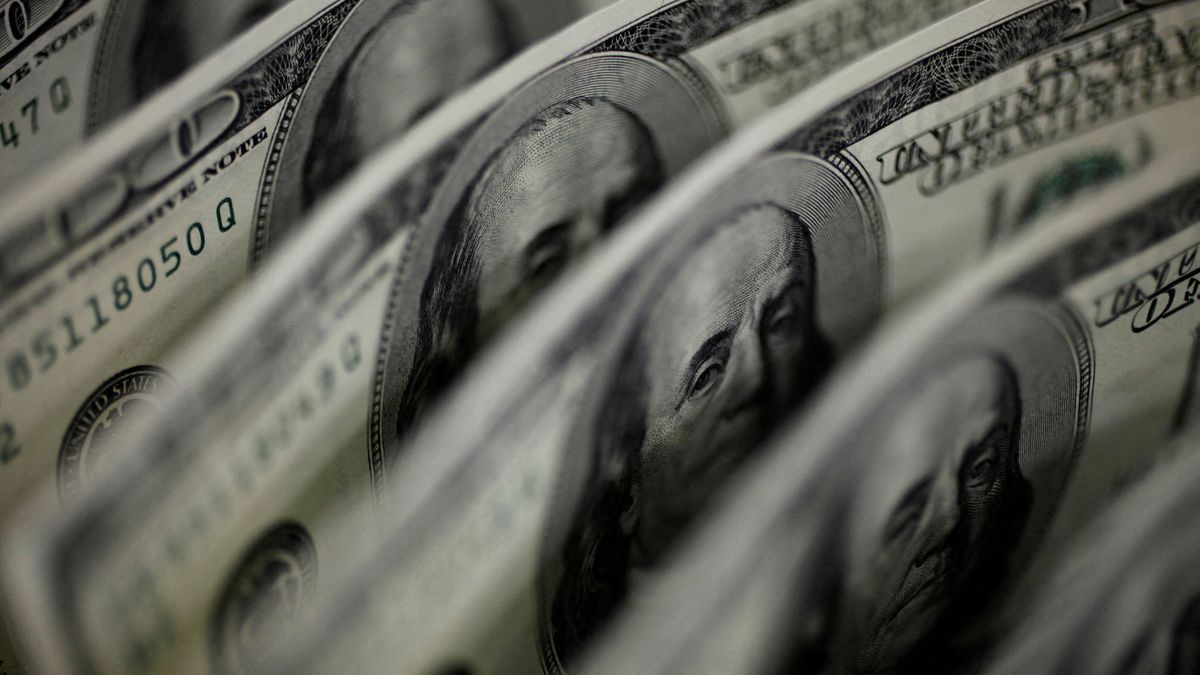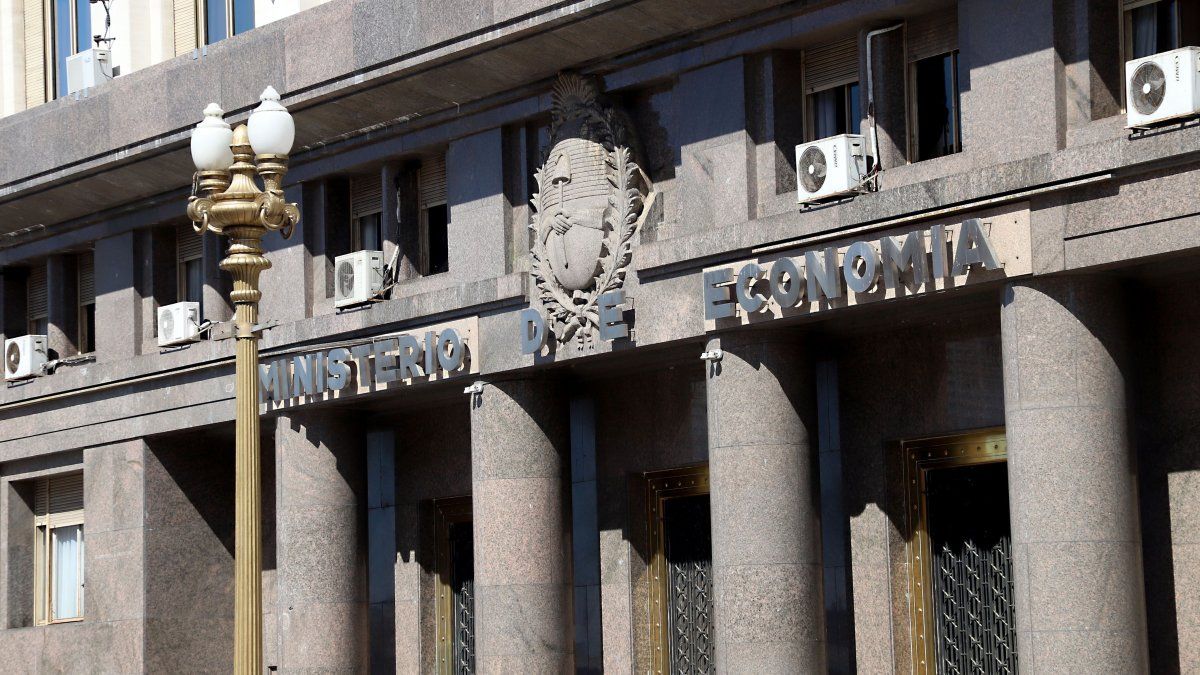The behavior of exchange market during April, reflected in the latest official data, show that hand in hand with the continued bets on the carry trade and for reasons linked to the recession, Argentines once again repatriated capital. Were 133 million dollarsaccording to the accounting of the net formation of external assets of residents of the non-financial private sector (FAE) of the Exchange Balance of the Central Bank (BCRA).
The so-called capital flight or hoarding by the market It turned around again in April, by third consecutive monthand was explained by net ticket sales of $78 million and net foreign exchange earnings of another $56 million.
So so far this year, the first quarter shows a repatriation of capital or disbursement of 346 million dollars which, in reality, extends since he took office Milei government at 676 million dollars. When A year ago the leak had totaled almost 500 million dollars in the first quarter of 2023.
Dollar: the two reasons why US$133 million returned in April
Clearly this is linked, on the one hand, to the pseudo exchange stability that was experienced until last month where the supply of foreign currency was not only nourished by the blend dollar margin for export, but also by the bets on the peso and the rate, and on the other with the need of families and individuals to cover greater domestic budget imbalances. It is difficult to know how much each factor corresponds to, but the truth is that Argentines continued bringing foreign currency from abroad and taking from safe deposit boxes and mattresses to face higher expenses due to the crisis and recession.
On the one hand, the Net sales of tickets are explained by net sales of legal entities of 72 million dollars plus 5 million dollars from natural persons. But, on the other hand, they recorded net income to own accounts from abroad for a total of 56 million dollars. This result was mainly explained by the net income of the Real Sector -excluding Oilseeds and Cereals- by 41 million dollars, of Institutional Investors and others by 10 million dollars, of Oilseeds and Cereals for 4 million dollars and of Individuals for 2 million dollars, says the BCRA.
Refering to total exchange financial account of the Non-Financial Private Sector, in April it registered a surplus of 418 million dollarslinked to the net granting of local financial loans for 542 million dollars, the liquidation of other financial loans from abroad and debt securities for 308 million dollars, the sales of foreign assets for 133 million dollars, the income of foreign investment direct for 56 million dollars, the sales of securities in foreign currency for 16 million dollars, the liquidation of non-resident portfolio investments for 8 million dollars and loans from international organizations and others for 7 million dollars.
These income were partially offset by the records of exchange operations for net transfers abroad for 534 million dollars. (mainly explained as the counterpart of collections of exports from the real sector of goods and services not settled in the exchange market and deposited in local accounts, income from consumption of non-resident tourists with cards and income from foreign assets of residents that were deposited in local accounts) and for the cancellation of balances in foreign currency with local entities for the use of cards with non-resident suppliers for 120 million dollars.
While on the operations side of the financial exchange account of the Financial Sector, the balance was also in surplus by 97 million dollars, mainly due to the fall in the liquid external assets of the entities that make up the General Exchange Position (PGC). for 185 million dollars, which was partially offset by the net subscription of securities for 65 million dollars, by the net expenses for financial loans and lines of credit for 19 million dollars and by the net expenses for loans from international organizations for 5 million dollars.
Dollar: the stock of the banks
The BCRA points out that The entities ended April with a PGC stock of 6.4 billion dollarswhich meant a 3% drop compared to the close of the previous month. The result was explained by the drop in the possession of banknotes for 96 million dollars and currency for 89 million dollars. The holding of banknotes in foreign currency thus totaled 4,996 million dollars at the end of the month, a stock that represented 78% of the total PGC and is kept by the entities to meet the movements of local deposits in foreign currency and the needs of the exchange market.
For its part, The group of entities closed April with a forward sold position in foreign currency for 714 million dollars, reducing its sold position compared to the end of March by about 27 million dollars. During April, the entities bought 223 million dollars directly from “Forwards” clients and sold 196 million dollars in institutionalized markets.
Foreign capital entities closed April with a net sold position of 360 million dollars, reducing its sold position compared to March by 52 million dollars. For their part, the national entities sold 25 million dollars, raising their net sold position compared to the previous month to 355 million dollars.
Source: Ambito
I am a 24-year-old writer and journalist who has been working in the news industry for the past two years. I write primarily about market news, so if you’re looking for insights into what’s going on in the stock market or economic indicators, you’ve come to the right place. I also dabble in writing articles on lifestyle trends and pop culture news.




